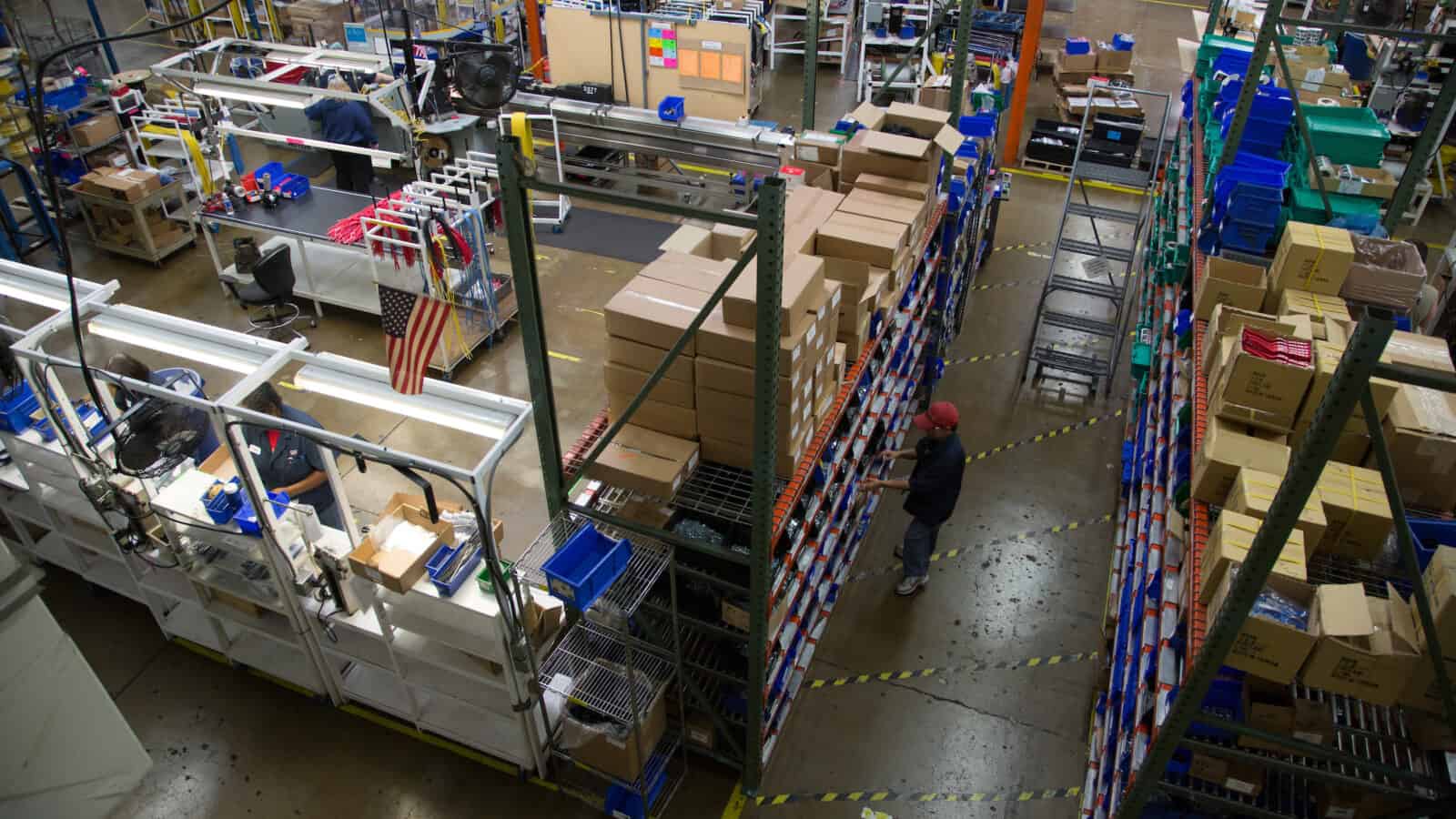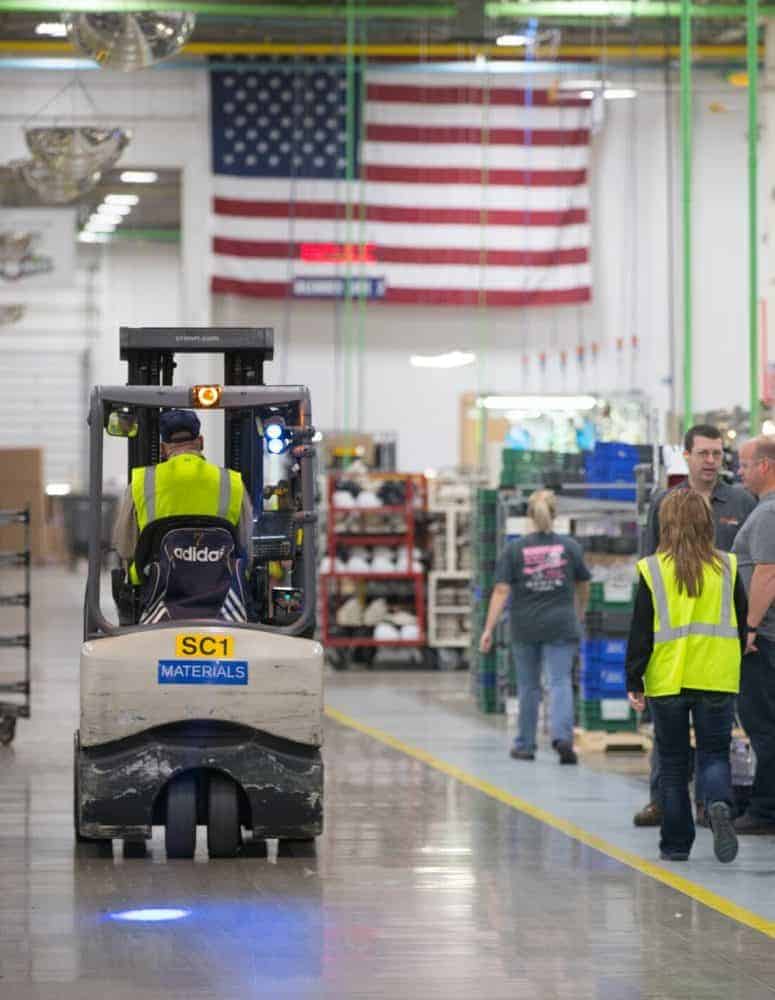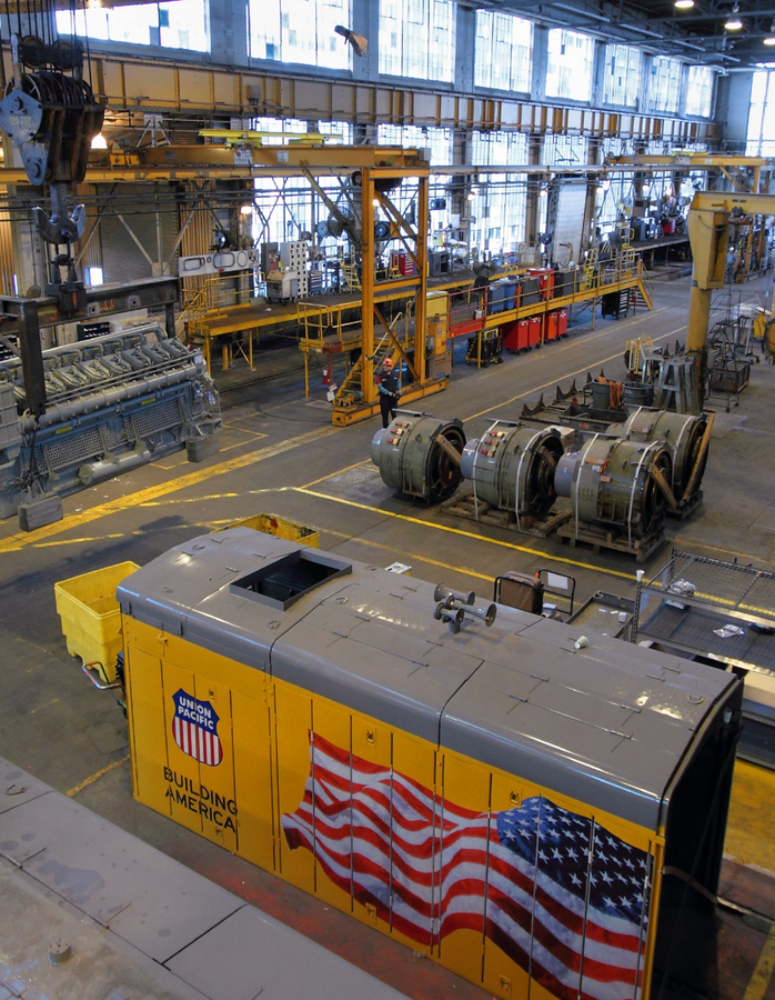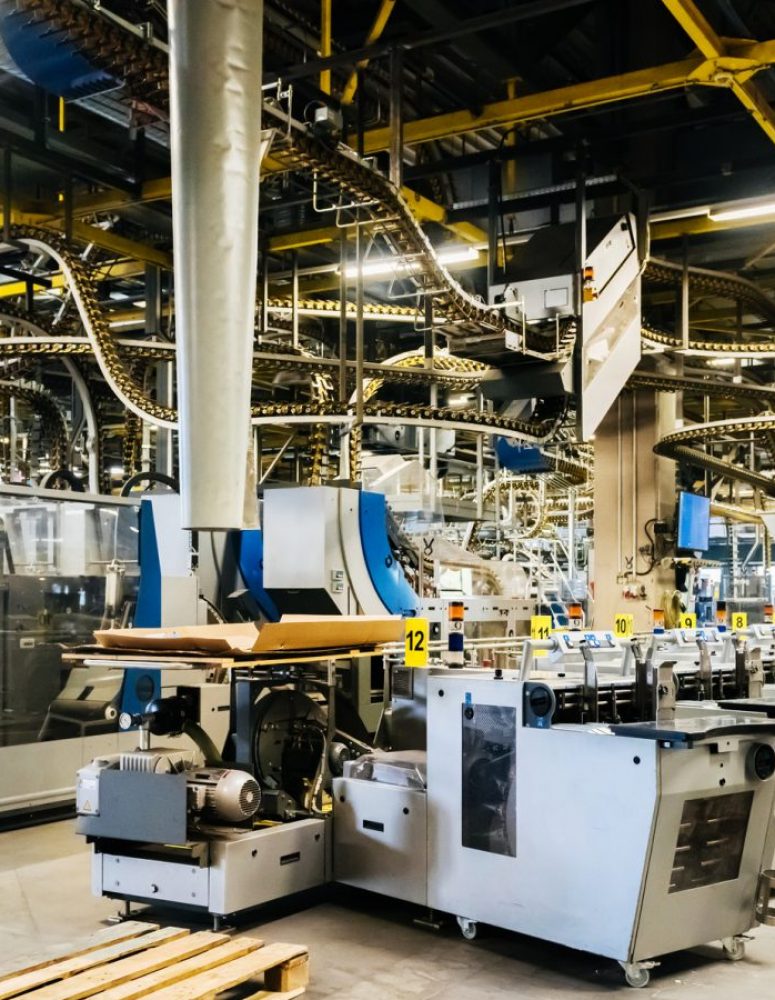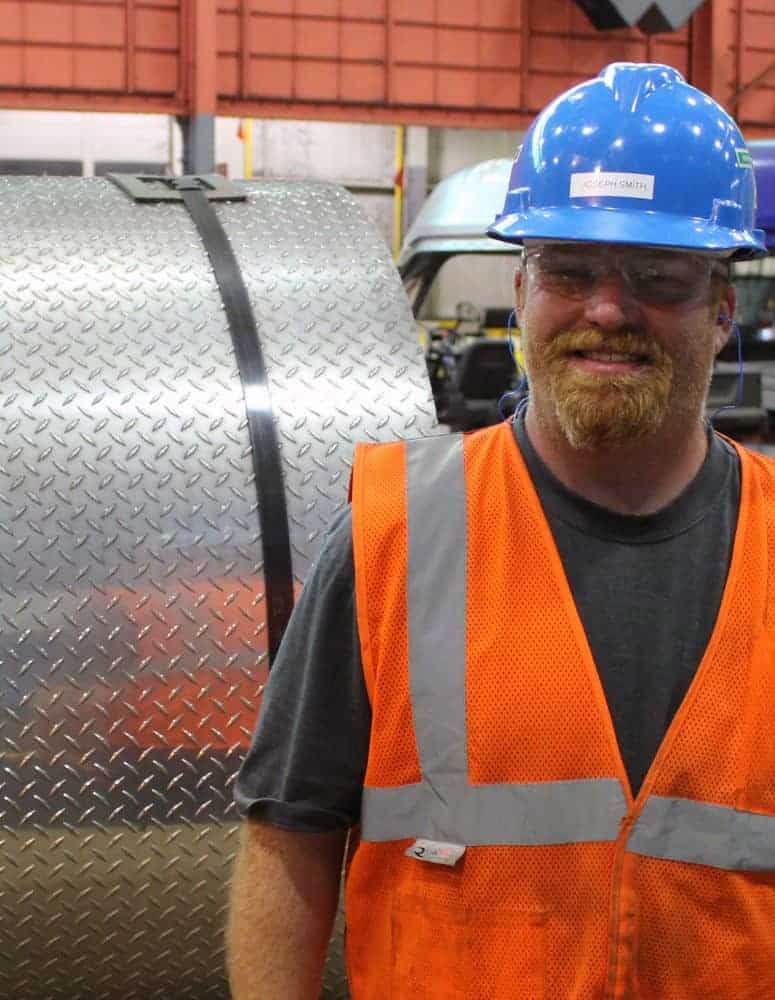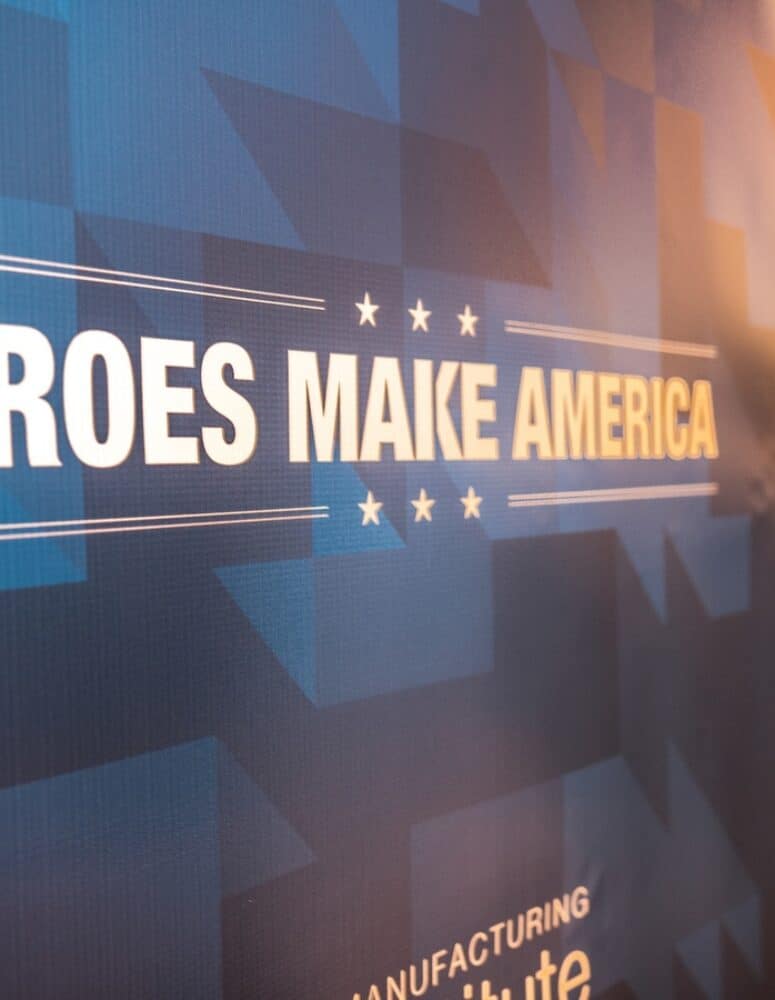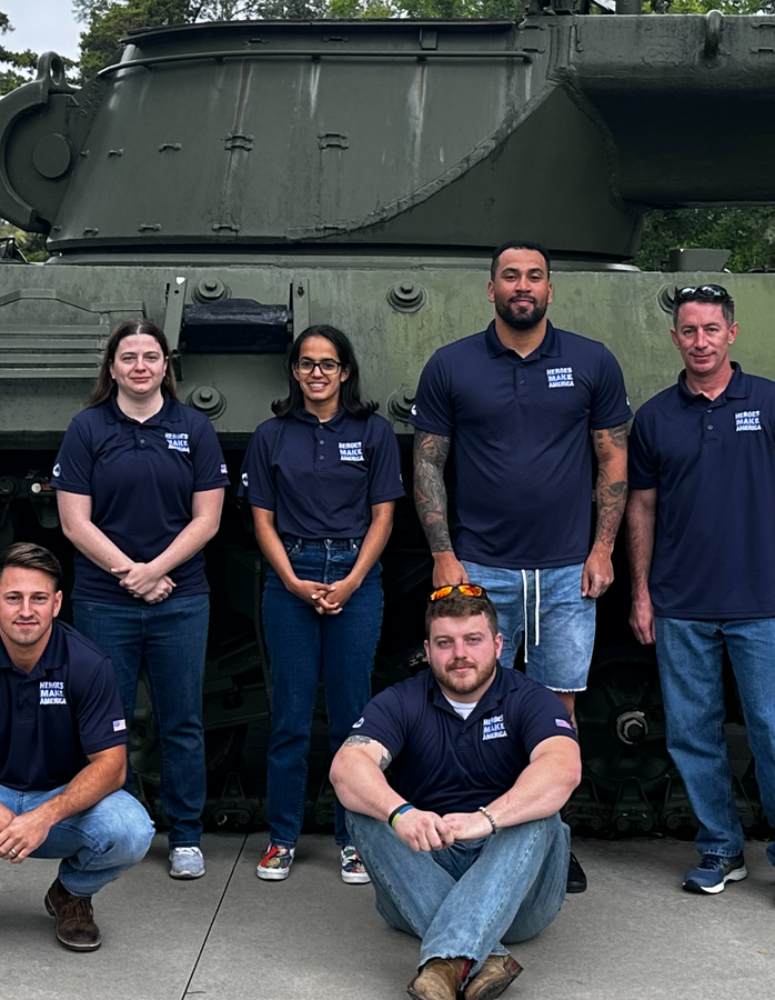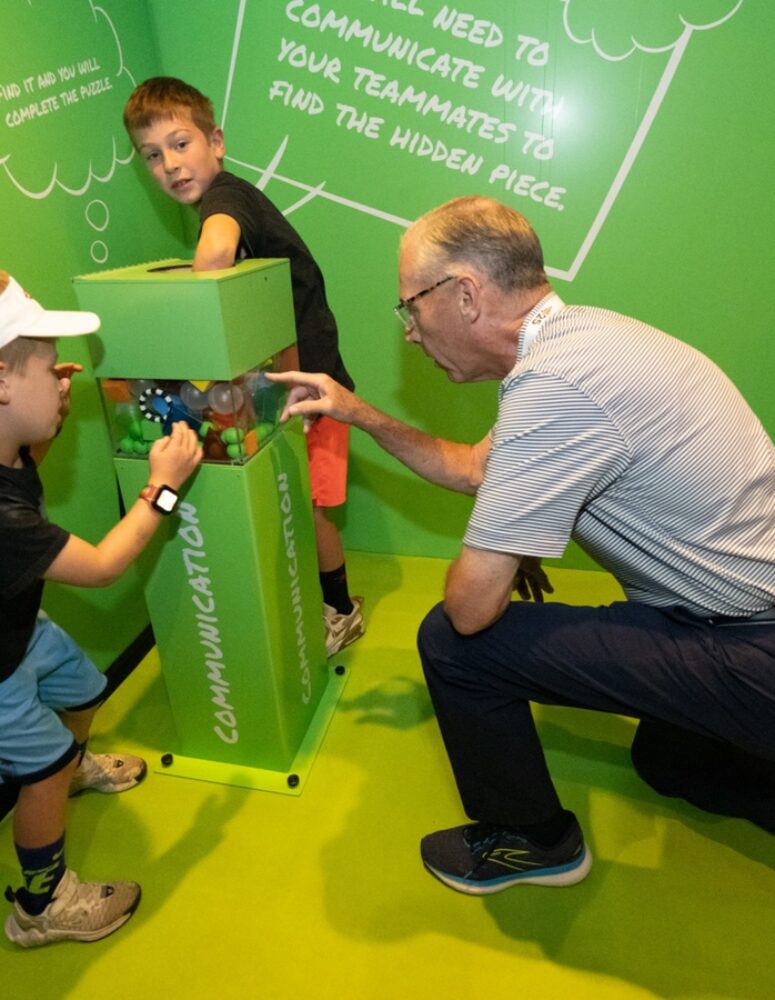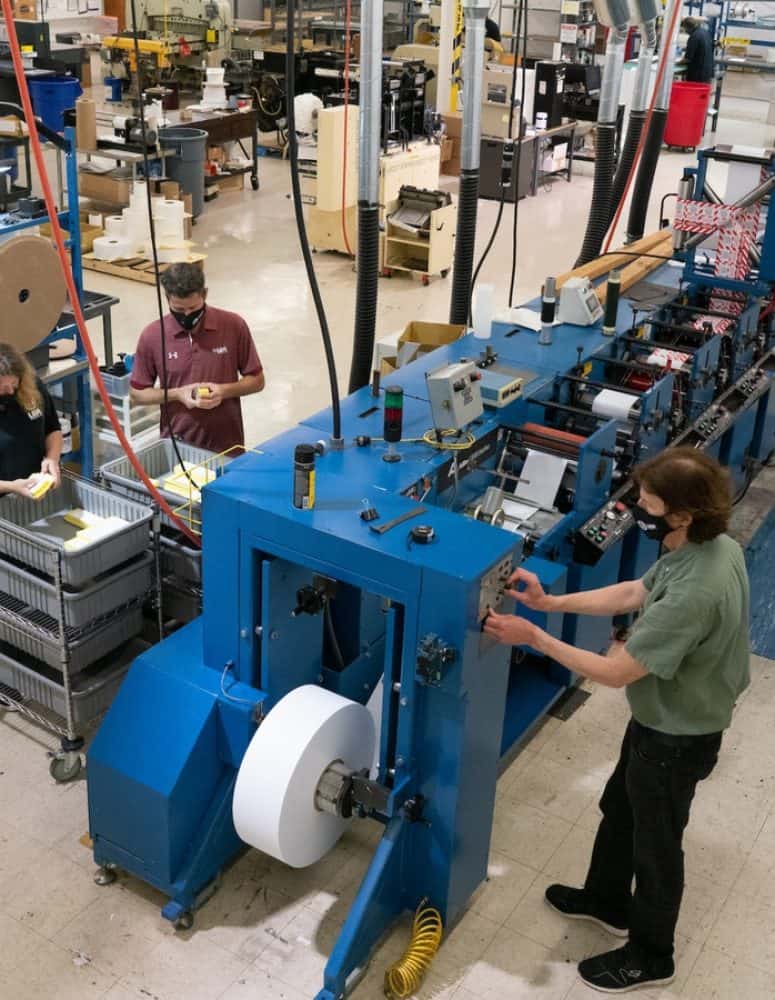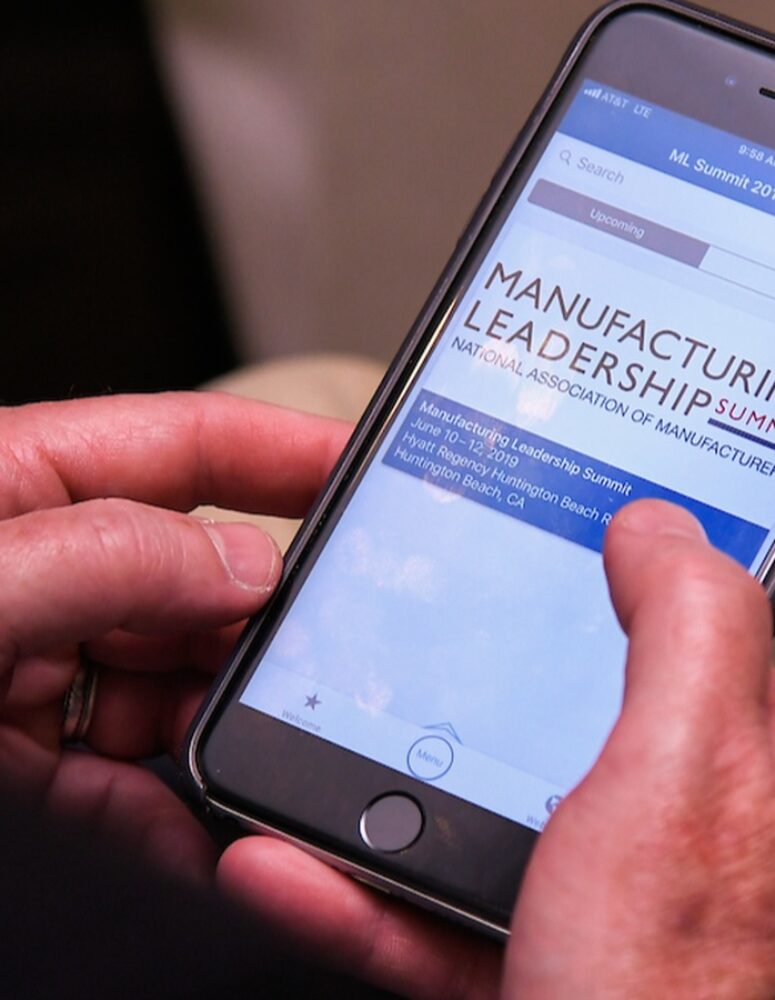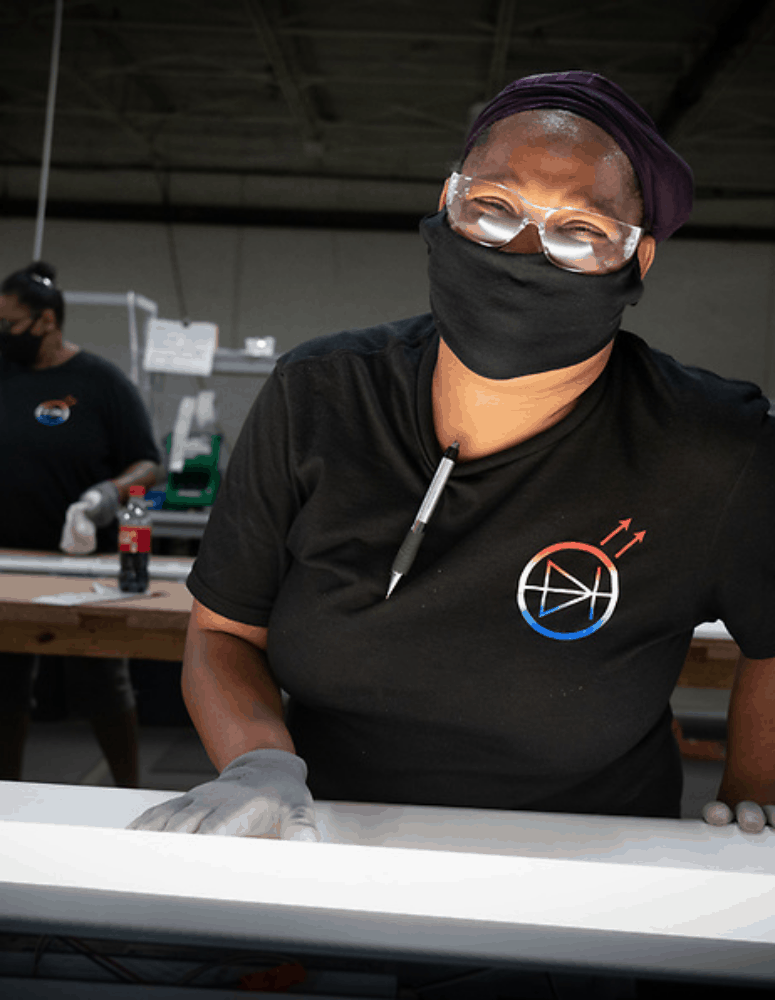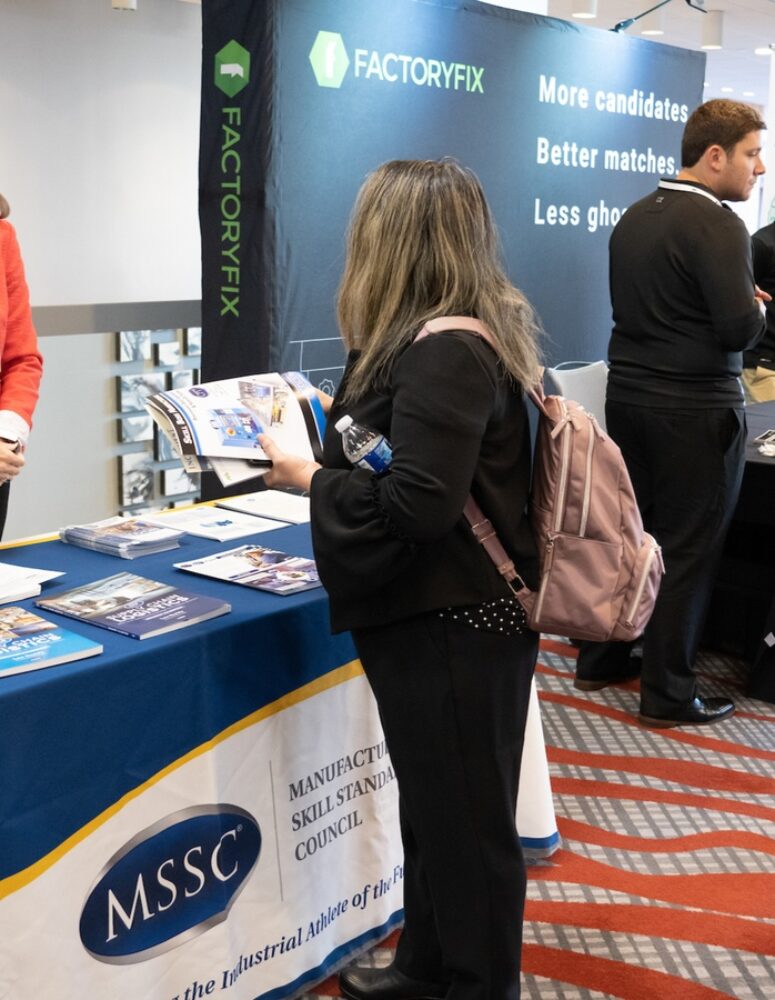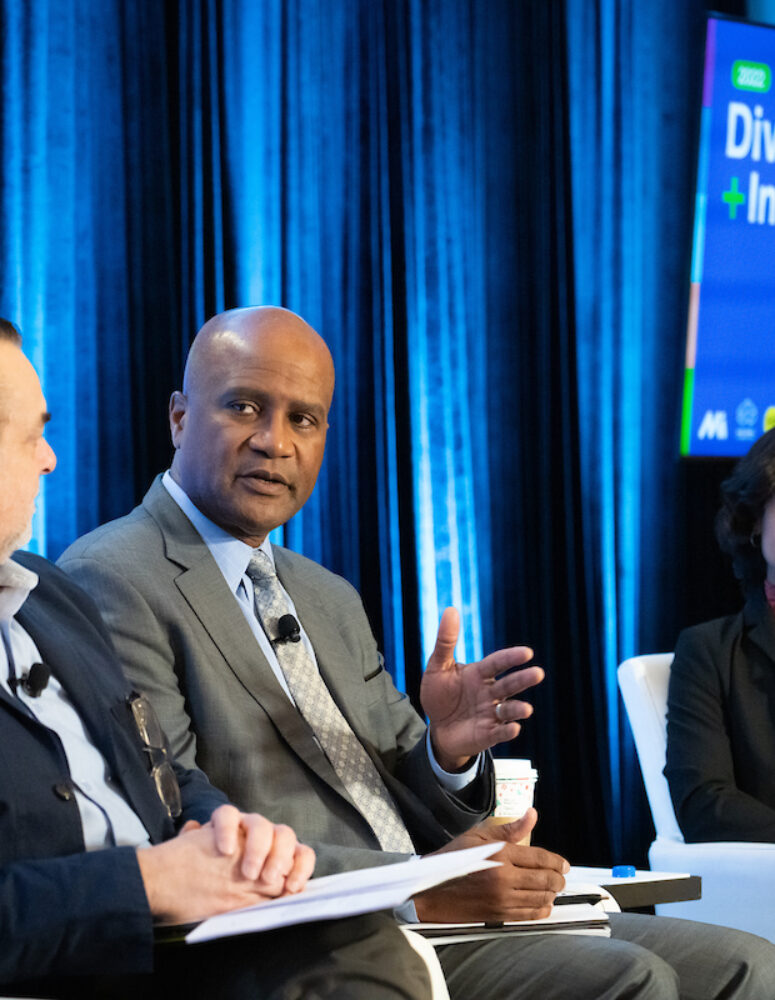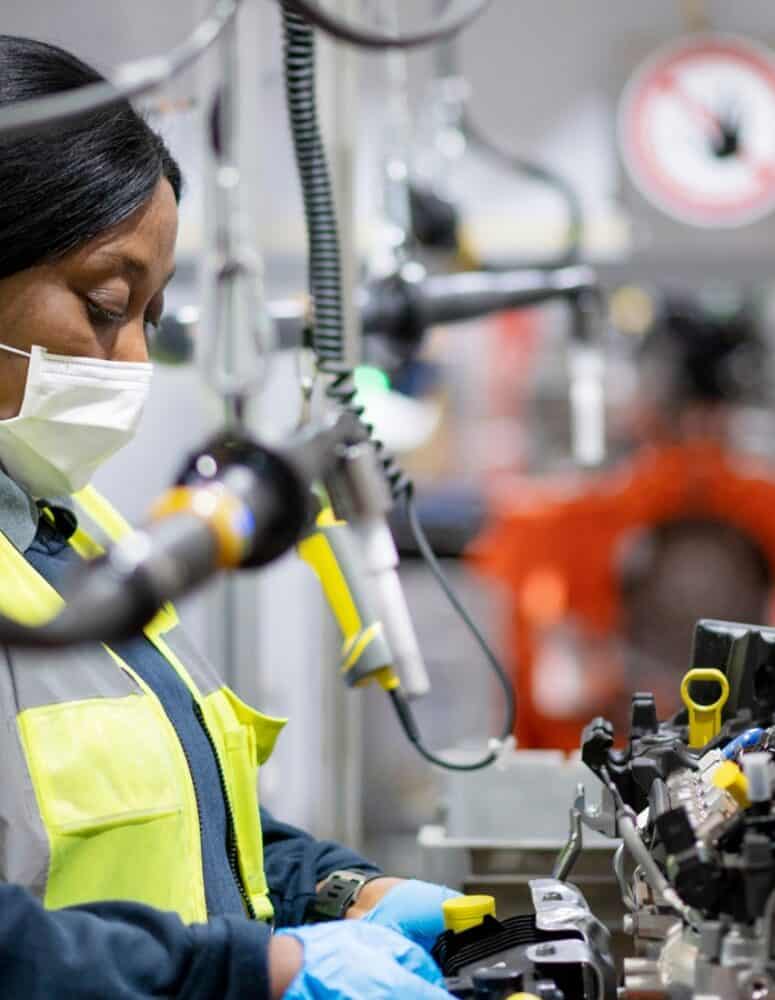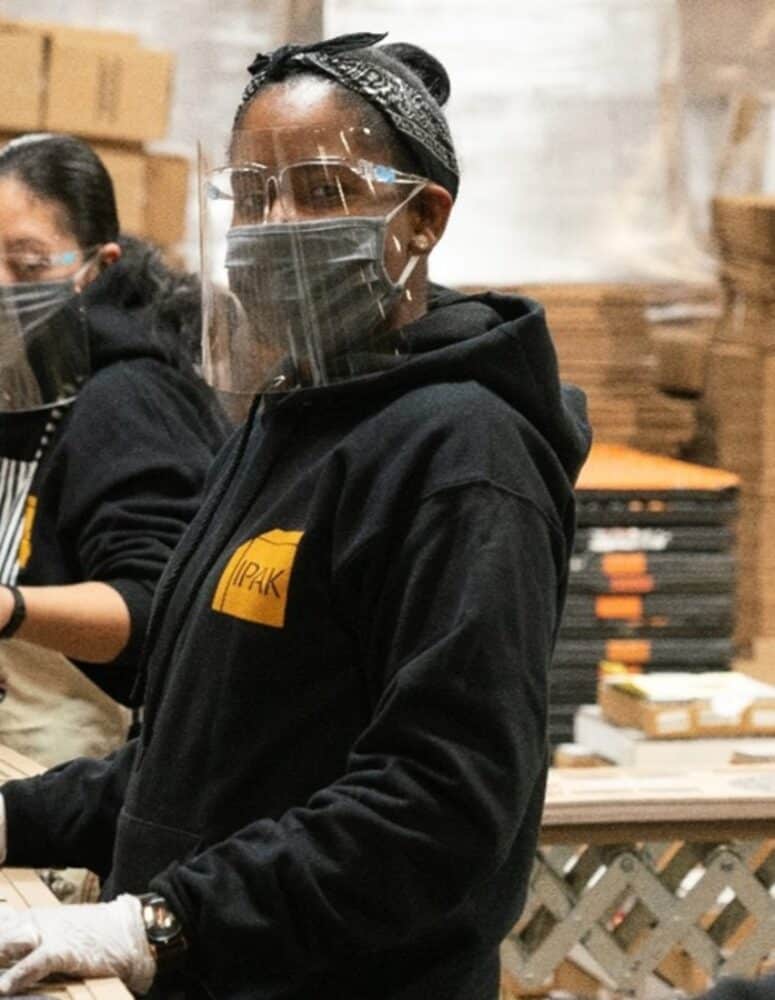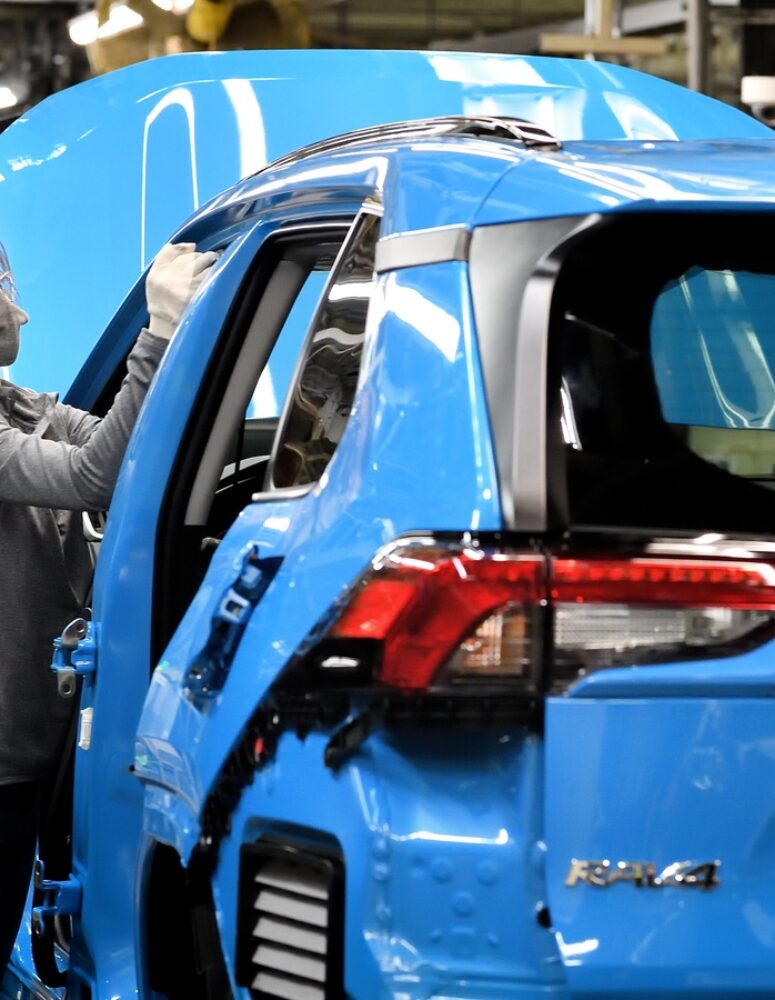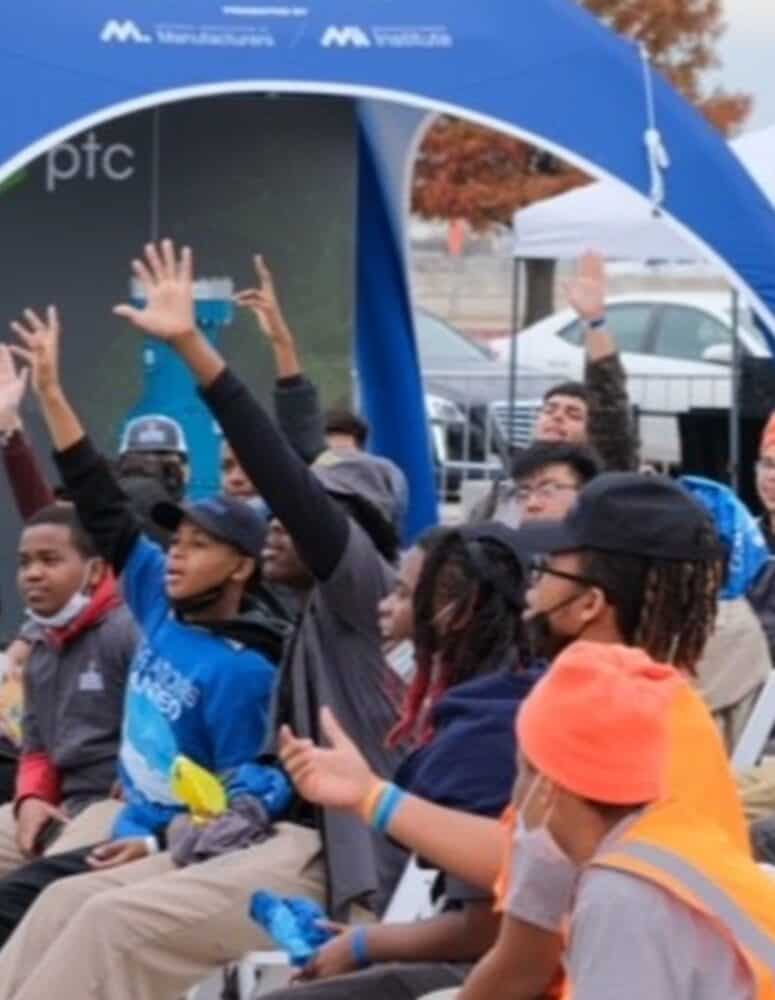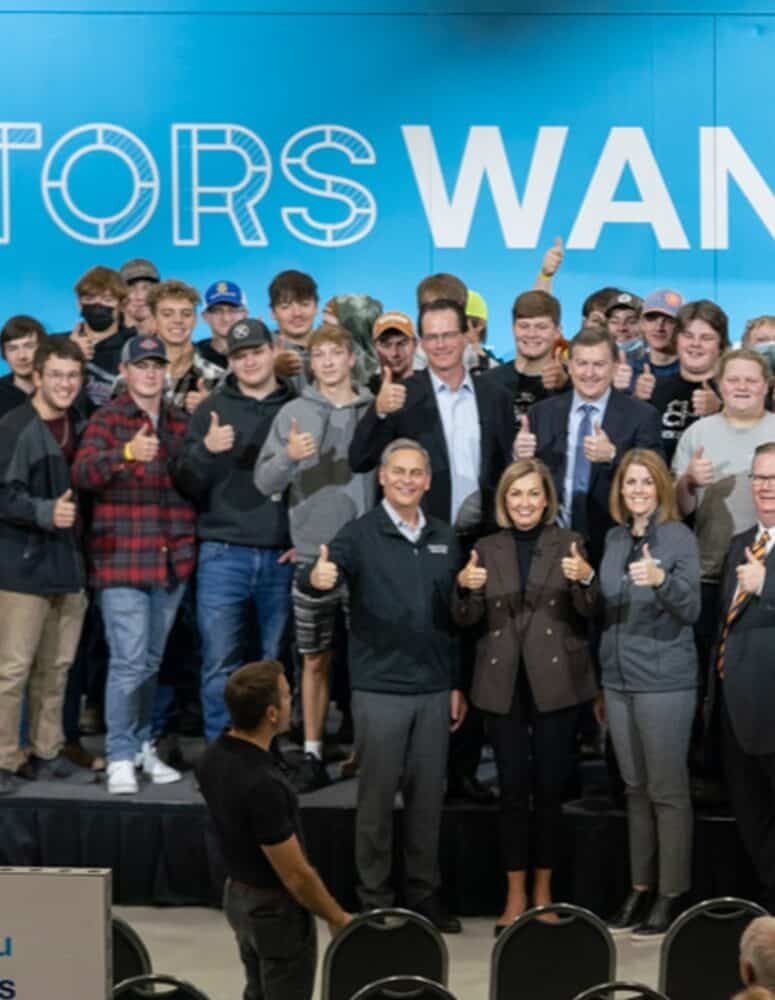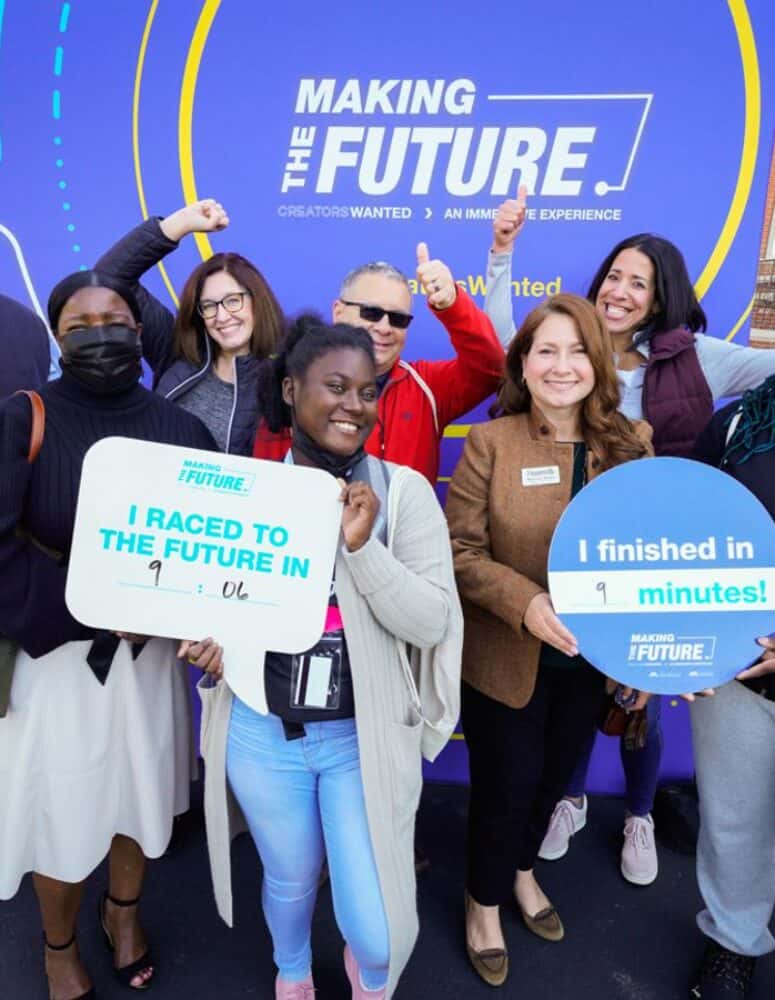How Manufacturers Should Pursue Second Chance Hiring
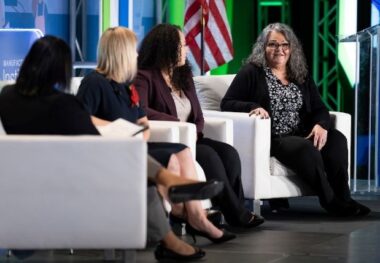 With one-in-four Americans possessing a prior conviction, manufacturers can access a diverse and motivated talent pool by pursuing second chance hiring.
With one-in-four Americans possessing a prior conviction, manufacturers can access a diverse and motivated talent pool by pursuing second chance hiring.
At the Manufacturing Institute’s inaugural Workforce Summit held back in October, panelists from the MI, Saint-Gobain, JBM Packaging and Envoy shared tips on how to create such hiring programs and the benefits they’ve seen so far.
Key Insights
- Data shows that second chance individuals are retained longer, have higher productivity and engage in more training than the average individual.
- Start with a pilot program, then scale it up. It’s important to select a site that has the right culture, plant manager and HR support.
- Build a framework that allows the company to fairly evaluate an individual’s background.
- Offer support systems and partner with community organizations to meet the unique needs of this population.
Read the full article here.
How Manufacturers Should Pursue Second Chance Hiring
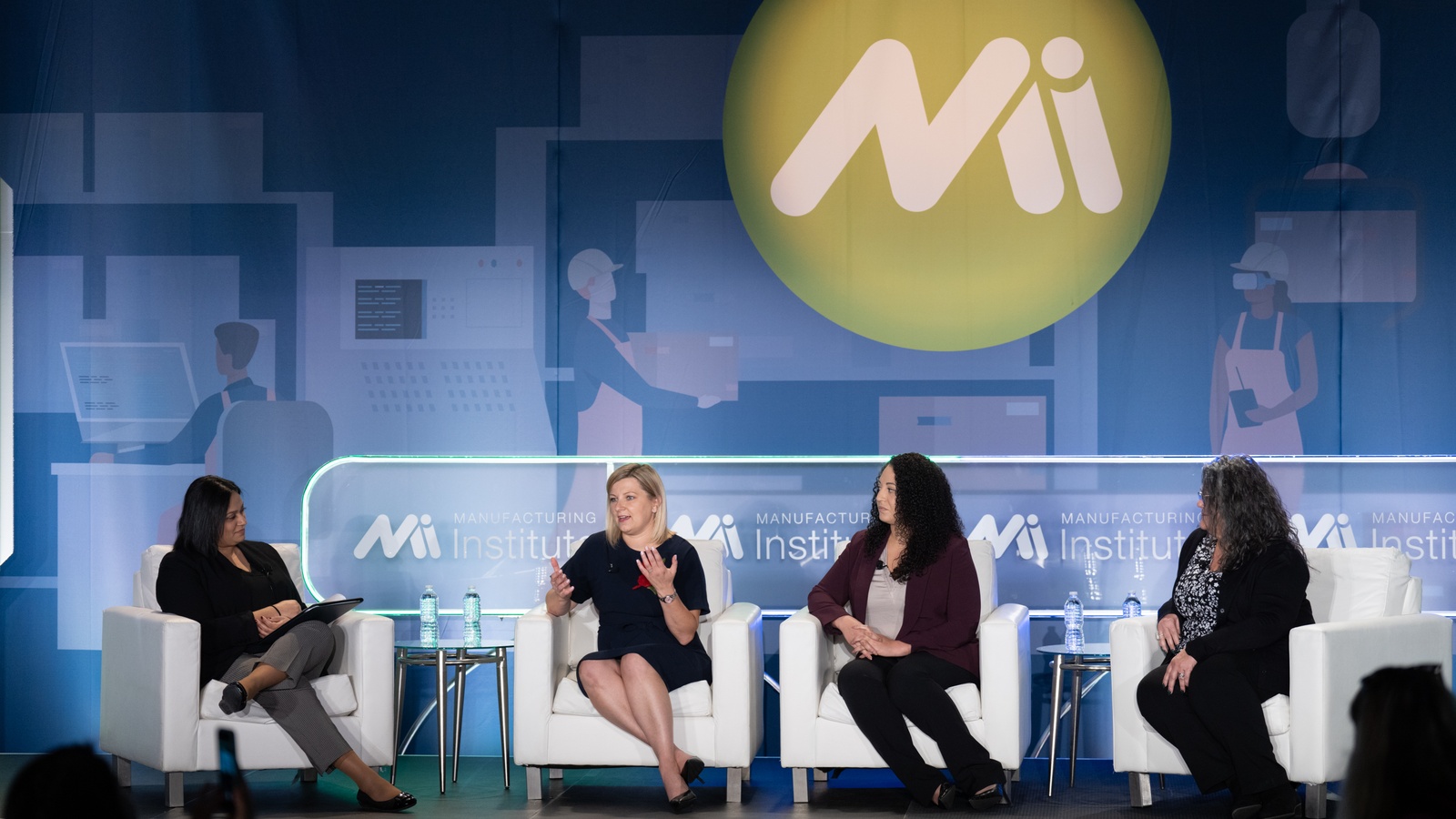
With one-in-four Americans possessing a criminal record, manufacturers who pursue “second chance hiring” are accessing a diverse and motivated talent pool. What do they need to know to begin?
At the Manufacturing Institute’s inaugural Workforce Summit, held in Cincinnati, Ohio, last October, panelists from manufacturers Saint-Gobain and JBM Packaging and from Envoy, a social impact advisory firm specializing in fair chance employment, shared tips on how to create such hiring programs.
Risk assessment: While safety is a concern, panelists emphasized that there is a difference between perceived risk and actual risk.
- “The data shows that second chance individuals are retained longer, have higher productivity and engage in more training than the average individual that you bring in,” said Cassi Zumbiel, managing director at Envoy.
- Saint-Gobain uses “a framework for background checks which we have developed in collaboration with our legal team. Candidates in the second chance hiring programs demonstrate higher level of commitment and a proactive approach to job searching, setting themselves up for success in future roles. We like to collaborate with our community partners in order to provide a good candidate experience and a seamless recruiting process,” explained Magda Dexter, senior vice president of communications and human resources at Saint-Gobain.
- For JBM Packaging, it’s about having honest and transparent conversations with candidates about their backgrounds. JBM also works with case managers to get referrals and assess candidates’ fit with the company.
How to get started: Dexter recommended that companies start with a pilot program, then scale it up, noting that it’s important to select a site that has the right culture, an engaged plant manager and HR support.
- Saint-Gobain has also tried out a variety of different support systems across their company, including hiring a part-time social worker as well as instituting a buddy system and a mentoring program.
- Zumbiel encouraged companies to do background checks only after a conditional offer has been made, recommending that companies should limit the look-back period to three to seven years. “That helps eliminate some of that bias and makes you really look at the candidate holistically.”
- Panelists also noted that it was important to review job descriptions to make sure they specify that second chance candidates are welcome.
From jobs to careers: Ninety percent of JBM’s second chance hires are entry-level production workers; the other 10% have mechanical or machinist skills and fill entry-level technical roles. However, Valerie Plis, director of human capital and culture at JBM, realized there was a lot of experience that the company wasn’t tapping into.
- Plis shared a story of a second chance hire who started as a machine operator. As Plis got to know her, she realized that the new hire had a background in training. The new hire progressed from an operator trainer to a lead trainer, then joined the HR team. In addition to leading training across the company, she now helms the second chance recruiting initiative, coming back full circle.
- Plis added, “At JBM, we started working on putting together some very defined career paths. It’s changed the way we conduct our performance reviews, so now we’re focused on growth and development.”
Succeed by partnering: While second chance hires come with a lot of benefits, there are also some challenges that are unique to this population. Partnering with community organizations can help, the panelists said.
- For Dexter, it’s about figuring out what the company will offer and what the community partners will offer. “We will support with on-the-job training. We will support with [providing] structure at work. We will rely on [our community partners] for job readiness and life skills training.”
- Zumbiel noted that “the community partner can advocate for the employer about the great opportunities and the benefits of working in manufacturing” and also prepare candidates to ace their interviews.
The last word: “A lot of the things we implemented, we thought we were doing just for our second chance population, but they actually ended up becoming a huge benefit for our entire workforce,” Plis said.
What Manufacturers Should Know about Hiring Military Talent
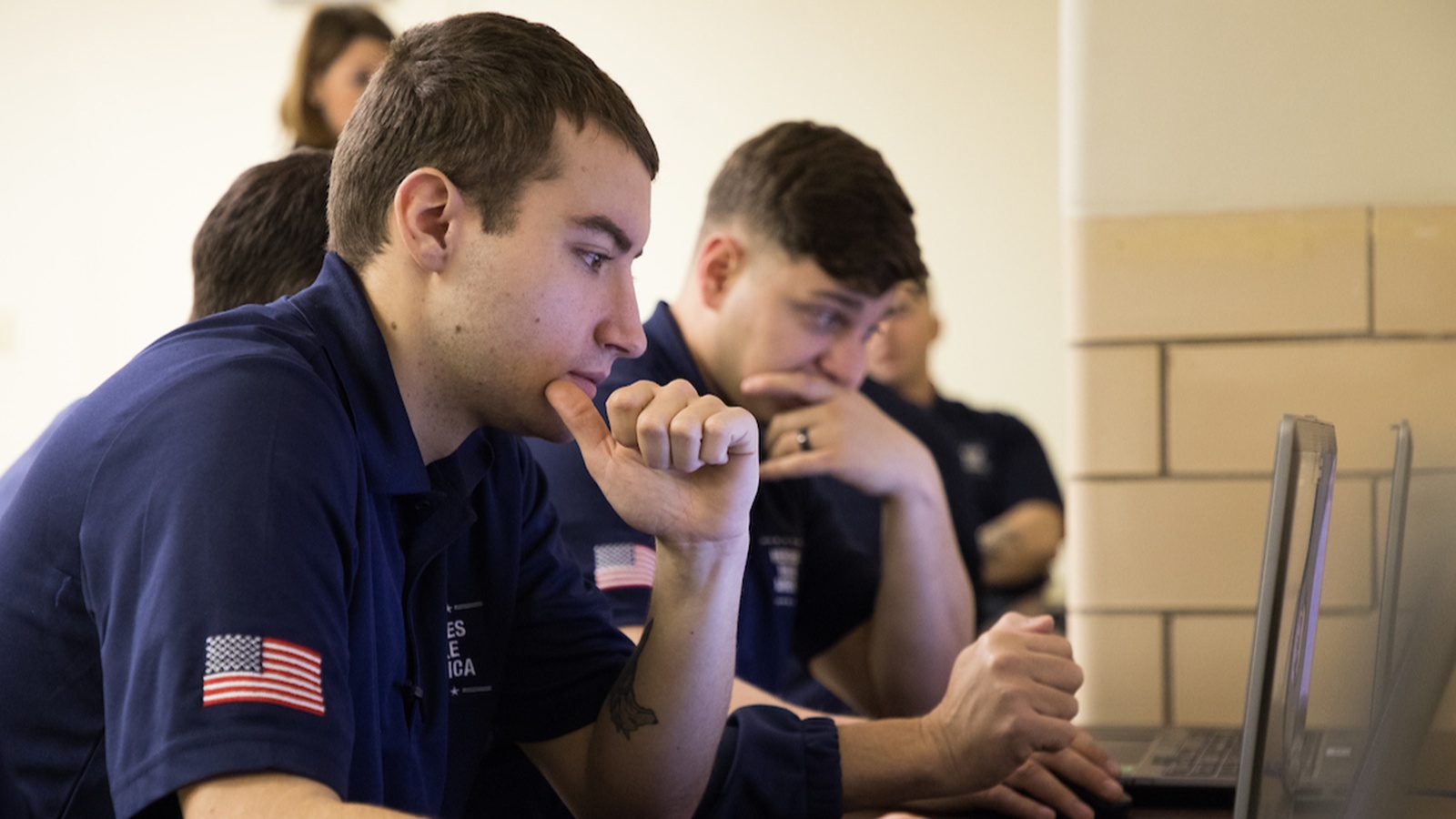
With 200,000 people transitioning out of the military annually, in addition to veterans, reservists and military spouses, the military population represents a highly skilled talent pool that manufacturers are eager to tap. But how should they go about doing so?
At a recent roundtable, the Manufacturing Institute—the NAM’s 501(c)3 workforce development and education partner—brought together veterans who have transitioned successfully out of the military into manufacturing careers, as well as manufacturers who have prioritized attracting and retaining military talent. The panelists discussed how companies can leverage this talent, and here’s some of what they had to say.
A great fit: “If you look at manufacturing, a large part of the job is doing things well, day after day after day—and that’s essentially what happens in the military. It’s that military discipline. It’s one of the most compelling reasons why we should be aggressively hiring military veterans,” said Dow Global Business Director Greg Bunker.
- “We’ve got three principles in our organization that we call ROI: responsibility, operational excellence and innovation. We know that veterans bring each of these to the table,” said UnitedHealth Group Director of People Analytics Troy Vandenberg (formerly director of people analytics at Smithfield Foods).
Networking matters: Transitioning from the military to the civilian workforce can be difficult, but veterans who make direct connections with manufacturers often land excellent job offers. The MI’s Heroes MAKE America program facilitates those connections, offering veterans opportunities to meet manufacturers as well as support in the job search process.
- Nicole Rena, an Army veteran and now a shift operations manager at Smithfield Foods, applied to five jobs at Smithfield and didn’t hear back on any of them. But then the program manager at HMA contacted Smithfield’s talent acquisition department to ask if they could speak with Rena about why she wasn’t chosen, so she could be more successful moving forward.
- As Rena put it, “The first 15 minutes of the call was about what I could do better on my resume, but after talking about my background and what I was looking for, the talent acquisition lead said he was going to count this as my first interview.”
- She landed the job! In her 18 months at Smithfield, Rena has been promoted twice.
Language can be a barrier: Rena’s experience speaks to one of the disconnects identified by veterans and manufacturers alike—the language used in job descriptions and resumes. Veterans often do not know how to best describe their skills and experiences in a way that civilian employers can understand.
- To avoid missing out on great talent, the panelists advised, manufacturers should ensure that a leader with a military background is involved in the hiring process, to translate military lingo and skills into more familiar manufacturing terms.
- Manufacturers should also specify in their job descriptions whether they will accept military experience as equivalent to an associate’s or bachelor’s degree, Bunker advised.
Support is crucial: Once veterans have been hired, the company must ensure they are set up for success. “Transitioning is a really scary process for veterans. It’s very stressful. The support that a company can provide is huge,” said Meg Zehringer, a Coast Guard veteran and a corporate environmental engineer at National Gypsum.
- Employee resource groups are a great way to provide support to veterans while also serving as a platform to advocate for population-specific needs, the panelists agreed.
- To be most effective, ERGs should be run by employees, not human resources departments, noted Vandenberg. Bunker added that establishing connections between the ERG and company leaders is also key.
The last word: “Equally as important as the wording of your job descriptions and preferred skills is creating a culture that invites a diverse group of people. That’s going to play a huge factor in attracting veterans,” said Zehringer.
Get involved: If you are interested in learning more about HMA, its next Heroes Connect event will be a networking opportunity with Johnson & Johnson on Wednesday, Jan. 25.
- You can also tune in to (or share with interested veterans) this Veterans Learning Series workshop on how to use LinkedIn effectively, coming up on Thursday, Jan. 26.
- And last, HMA will be hosting a virtual hiring fair in late February. Keep an eye on the MI website for updates!
How Will AI Impact the Manufacturing Workforce?

AI is changing the way manufacturers do business—from the production line to the back office and across the supply chain. At the Manufacturing Leadership Council’s Manufacturing in 2030 Project: Let’s Talk about AI event last month in Nashville, Tennessee, panelists discussed how those sweeping changes would alter, and enhance, the manufacturing workforce.
A collaboration between the MLC (the NAM’s digital transformation arm) and the MI (the NAM’s 501(c)3 workforce development and education partner), the event provided key insights for manufacturers into how technology and workforce trends interact with each other. Here are a few key takeaways.
Net positive: “The history of technology adoption is about improving the job quality of individuals on the shop floor. AI helps them to do the job better, provide them with better tools, gives them greater authority and ultimately increases the value-add of their jobs. All of that is a net positive for those individuals,” said MI Vice President of Workforce Solutions Gardner Carrick.
- By leveraging data and enabling greater efficiency, AI will improve communication, increase collaboration across disciplines and stimulate innovation, according to the panel.
- In addition, “AI can even inform the workforce’s creativity by working with it to design a new product or system,” said Jacey Heuer, lead, data science and advanced analytics, Pella Corporation.
Skills needed: While you might expect that implementing AI requires workers skilled in programming, data science and machine learning, manufacturers will also need to expand their bench of critical thinkers and problem-solvers. The panelists had a few tips to help companies along.
- Invest in upskilling programs to make the AI integration process at your company smoother and develop the talent you already have.
- Update job descriptions to reflect the skill sets the company will need in the next five to seven years.
- Consider recruiting for and teaching adaptive skills—skills that enable individuals to adapt easily to changing demands and environments—which can increase the flexibility of your workforce.
- Build partnerships with local schools, community colleges and technical and vocational schools to develop talent pipelines that will meet your needs.
The human-AI collaboration: While AI will take over monotonous, repetitive tasks, the panelists predicted that the industry will continue to center around human labor.
- “You can teach AI to do X. You can teach AI to do Y. [However,] combining the two may be really difficult for AI, while a human can do it better. You’re going to continue to see humans in roles that center on making decisions and telling stories,” said Asi Klein, managing director, industrial products and organization transformation, Deloitte Consulting.
- Meanwhile, AI adoption will likely lead to an increase in available jobs, as more skilled workers will be needed to guide and inform these new processes.
The last word: “Over the last 12 years, we’ve seen a lot of technology adoption, but we have not seen a lot of job loss. In fact, we’ve seen job gains,” said Carrick. “There is a lot of opportunity to reimagine jobs to add value that AI will help to illuminate.”
How Will AI Impact the Manufacturing Workforce?
AI is changing the way manufacturers are doing business from the production line to the back office and across the supply chain. At the Manufacturing Leadership Council’s Manufacturing in 2030 Project: Let’s Talk about AI event, panelists from the MI, Pella Corporation, and Deloitte Consulting discussed the potential impacts of AI on the manufacturing workforce of tomorrow.
Key Insights
- By leveraging data and utilizing efficient systems, AI will improve communication, increase collaboration across disciplines and stimulate innovation.
- Manufacturers need to invest in upskilling programs to make the AI integration process smoother.
- Start building partnerships with local schools, community colleges and technical/vocational schools to develop talent pipelines that will meet the skills needs of the future.
- While AI will increase efficiencies and reduce repetitive tasks, humans will continue to play an important role in the manufacturing process.
D+I In-Person and Virtual Summit
On December 1, the MI held its third annual D+I Summit in Washington, D.C. Attendees were provided with tools and shared experiences needed to create inclusive and equitable workplaces. Strong leaders in this space helped guide the discussions on implementing change and making an impact.
Key Takeaways
- Employee Resource Groups Session (ERGs) – Attendees heard from leaders at McCormick & Company and Pella Corporation on how to create and support employee resource groups. The conversation covered utilizing ERGs as a business imperative, what leadership’s role within ERGs can look like, the process to establish and maintain ERGs, different logistics of ERG maintenance (budgets, roles, and so forth), and more.
- Executive Panel Discussion – Attendees heard from three leaders from Merck, Honeywell, and Armstrong World Industries on how manufacturers are promoting diversity and leveraging inclusion in the communities they operate in. The conversation included reviewing each company’s D&I initiatives and best practices in creating an inclusive workplace that have been implemented, as well as different D&I trainings and advice to fellow manufacturers looking to get started with D&I.
Want to hear these sessions and learn more? You can view a recording of the Virtual D+I Summit here.
What Foundations and Corporate Donors Are Looking For
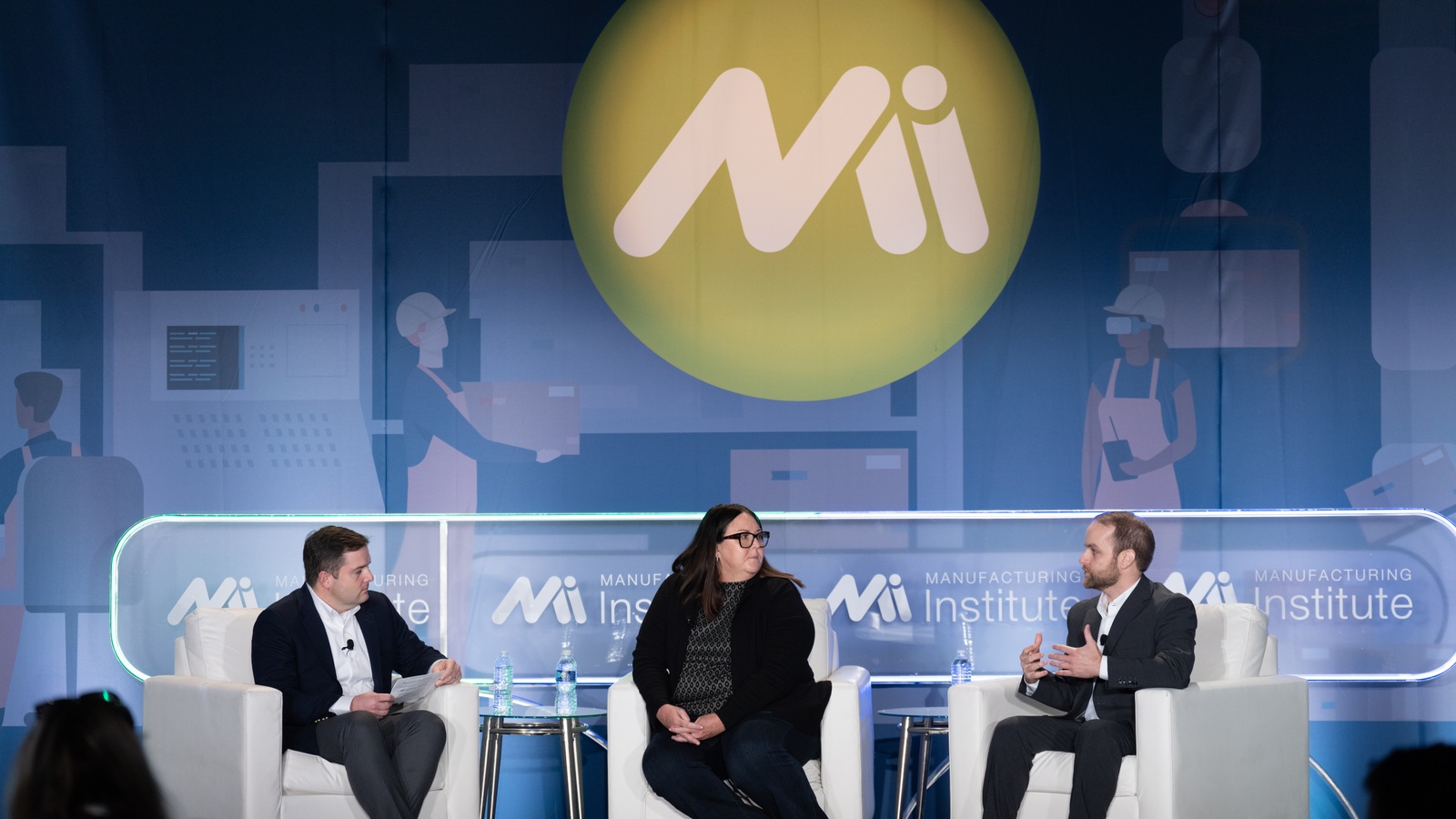
Many manufacturers pour their time and money into bolstering local programs for young people, hoping to shape the next generation of manufacturing workers. But how do they determine which organizations to work with, and how should those organizations attract their attention?
At the Manufacturing Institute’s inaugural Workforce Summit, held in Cincinnati back in October, panelists from WestRock Company and Arconic Foundation shared tips for those seeking to build partnerships with potential donors.
Top of mind: Education and workforce development, environment sustainability and social equity are all funding priorities, according to the panelists. Foundations and corporate donors are interested in programs that benefit local communities and reflect their organizations’ values.
- Mandy Burnette, director of corporate giving at WestRock, emphasized that the company looks for organizations that are capable of building a long-term relationship. As she put it, “We don’t give. We don’t donate. We invest in strategic partners.”
The perfect partner: Burnette and Arconic Foundation President and Treasurer Ryan Kish discussed what they look for when making funding decisions.
- A track record of success. Can the program be replicated successfully elsewhere? If so, that’s a huge plus, according to Kish. “A great example of this is FAME,” he added, referring to the workforce development program founded by Toyota and now operated by the MI. “You don’t need to convince me that FAME works. … If I have an opportunity to replicate FAME in one of our communities, I’m going to jump on that.”
- Impact: Kish said that he was drawn to the MI’s 35 x 30 campaign because he recognized that it was impactful. “It not only aligns with our funding priorities, but it’s going to affect a huge number of women and increase [the number of] women in the workplace. That’s what we’re after.”
Taking that first step: Both Burnette and Kish agreed that organizations should talk to their local connections, who will be able to steer them to the right decision-maker in a company or foundation.
- “If you’re reaching out, have a tight story,” Kish said. “Have your project activities, your budget, your timeline and impact story well-defined when you come to a local contact so that it grabs their attention and gets them engaged with you.”
Think long term: Beyond just focusing on attracting talent for jobs of today, foundations and companies are looking increasingly to support initiatives that build talent pipelines for the future.
- “All we’re doing right now [as an industry] is fighting over the same scarce talent,” Kish said. “Take the opportunity to make an investment in early STEM education to build the pipeline, so you’re not dealing with the same problem in 5 and 10 years.”
The last word: The best way to start thinking through partnerships? “Know your end result and then back into it. That’s what we did with our strategy. We knew what we were trying to accomplish and achieve, and then we backed into it and thought about the partners that could help us get to the results that we wanted,” Burnette said.
Manufacturers Should Hire Neurodiverse Workers—Here’s Why and How

Creators are always wanted in manufacturing, and those who bring new perspectives due to their neurological differences can be some of the most valuable.
That was one key takeaway from the Diversity + Inclusion Summit held this month by the Manufacturing Institute (the NAM’s workforce development and education partner). Dr. Keivan Stassun, director of the Frist Center for Autism and Innovation at Vanderbilt University, discussed the benefits of hiring neurodiverse workers, sharing tips on optimizing the hiring process for these workers as well as setting them up for success. Here’s some of his advice.
Why it matters: As manufacturers look for more workers to fill their hundreds of thousands of open positions, they are considering people of many different backgrounds and talents.
- Neurodiverse workers, who may include those with autism, Down syndrome, ADHD or other neurological conditions, have a wide range of abilities and perspectives and can enrich manufacturers’ operations.
- Stassun spoke from personal experience: at the Frist Center research lab, autistic individuals working with the proper support created a data visualization software that has been licensed by NASA, and also patented a technology for mining asteroids.
The benefits: “There are two broad categories of strengths that neurodiverse talent brings to the table—visual cognitive abilities and process/efficiency improvement,” said Stassun.
- Visual cognitive abilities can include skills such as pattern recognition and outlier detection, which can be useful in quality assurance tasks as varied as inspecting batteries coming off an assembly line, surveilling financial records for fraudulent or improper activity or stocking crash carts in emergency rooms.
- Process/efficiency improvement abilities emerge from neurodiverse workers’ atypical or novel perspectives, which help them identify out-of-the-box solutions. As Stassun explained, “Neurodiverse individuals can look at a process and abstract it into a flow chart to find ways to increase efficiencies that no one else would have even thought of.”
How to get started: Stassun recommends that companies try a small pilot program before rolling out a company-wide hiring initiative. He had a few key tips for the recruitment process:
- During the job interview stage, recruiters should be aware of ways in which neurodiversity can differ from neurotypical behavior. For example, interviewees may make minimal eye contact and use extremely direct verbal communication.
- To set neurodiverse workers up for success, companies should examine the sensory environment of their workplaces. Though workers’ needs will vary, they may be sensitive to light, temperature or noise and need certain accommodations, which should be arranged from the outset of employment.
Resources: Stassun offered two resources that will help companies find and retain neurodiverse talent:
- Mentra, a neurodiversity employment network that recruiters can search, and which allows neurodiverse individuals to share their backgrounds and strengths with employers.
- The Autism @ Work Playbook, which details how to create a supportive work environment for autistic individuals.
In addition, the MI provided other useful information in its recent D&I Roundtable on recruiting and retaining employees with neuro differences, which you can view here.
The last word: As Stassun noted, “Innovation often comes from the edges. From a human capital perspective, it’s a really exciting opportunity.”
Manufacturers Offer More Flexibility, Child Care to Workers

How can companies provide workers with the flexibility and support they seek? This question has become increasingly pressing for manufacturers as they compete in a tight labor market, and many have come up with their own innovative answers.
Recently, the Manufacturing Institute—the workforce development and education partner of the NAM—hosted a panel with leaders from Toyota, Cornerstone Building Brands, Pioneer Service Inc. and 3M about the child care benefits they offer and how they are reconceiving flexibility.
Child care: The companies provide a variety of different services to their team members, according to the speakers, to account for varying needs.
- Toyota offers a comprehensive suite of services that includes onsite child care at select locations, emergency backup care, tutoring and counseling services.
Flexible options: Though these manufacturers run complex operations, they are increasingly empowering workers to shape their own days. For example:
- At Cornerstone, office workers come into the office one day a week on the same day. Hourly workers are also offered flexibility—they can take part-time shifts in nonstandard times.
- 3M’s “Work Your Way” program is a trust-based system that allows nonproduction employees to designate the way they want to work, whether that’s in person, remote or hybrid. 3M is considering expanding the program to individuals working in laboratories and on the production floor.
- Pioneer emphasizes cross-training to increase flexibility for all their workers. By training more employees on critical skills, employees can take time off or work more flexible schedules because they now have coverage.
Where to start: For other manufacturers looking to provide similar options to their own workers, the panelists had some practical advice.
- When setting up a child care program, Toyota Vice President of Corporate Shared Services Denita Wilhoit says, “You need to consider three points. Find a good partner who knows the area. Investigate what resources may be available in the state where you’re implementing the program. Be aware of the risks.”
- “Outsourcing your needs is an important avenue. Creating a resource center is key. Listen and talk to your employees, and engage them through employee resource groups,” said Denise Rutherford, former chief corporate affairs officer and senior vice president at 3M (retired).
The big picture: Implementing programs and services like these will have huge payoffs, not only for individual workers and companies but also for the industry as a whole.
- In a recent study released by the MI, women cited the lack of flexibility (63.1%) and the lack of child care support (49.2%) as their top challenges, according to company leaders.
- Meanwhile, women currently make up only 29% of the manufacturing workforce. If the industry increased that share to 35%, manufacturers could fill the 746,000 job vacancies open today, according to the study.
The last word: Conversations around child care and flexibility signal seismic shifts in the way manufacturers develop and support their workforce. As Rutherford noted, “There is a transformation afoot.”
Creators Wanted Gets Big Results
With a skills gap and misperceptions about modern manufacturing threatening to leave millions of manufacturing jobs unfilled by 2030, Creators Wanted, a campaign by the NAM and the Manufacturing Institute, stepped in. Now, it is seeing eye-popping results as it works to inspire 600,000 new manufacturers by 2025.
Connecting with communities: From July through November of this year, Creators Wanted continued to take its tour to communities across the country, offering potential manufacturers, career influencers and community leaders an exciting opportunity to learn about modern industry. Stops included Midland, Michigan; Nashville/White House, Tennessee; West Columbia, South Carolina; Decatur, Illinois; and Chicago, Illinois.
Promoting knowledge: These latest stops have bolstered the tour’s overall reach. As of this month, the tour has brought 7,900 students through its immersive experience and motivated 840,000 students and potential career mentors—including parents and educators—to sign up online to learn more about manufacturing careers.
- “Our propriety algorithm for directing our campaign’s content to potential future manufacturers continues to get even more effective as we engage more people,” said NAM Managing Vice President of Brand Strategy Chrys Kefalas.
- “We’ve added more than 500,000 people to our email network since only September, giving the industry a powerful tool to reengage important audiences in building the future workforce.”
Changing minds: Creators Wanted is focused on exposing students, parents and teachers to the reality of modern manufacturing to challenge outdated notions and encourage young people to see manufacturing as a potential career.
- Approximately 75%of people who have participated in the tour reported that they left the experience with a significantly improved view of modern manufacturing careers.
Getting the word out: In addition, Creators Wanted has generated approximately $5 million in positive earned media about the campaign and modern manufacturing careers—ensuring that people across the country gained greater awareness of the campaign’s resources and significant need for talent in manufacturing.
Building on progress: These results build on the sustained workforce solutions of the MI, the workforce development and education partner of the NAM, which runs programs geared toward women, veterans and underrepresented communities.
- The MI and Deloitte report that positive perception of manufacturing careers among parents has soared from 27% when the tour started to 40% today—closing in on the goal of 50% by 2025.
The road ahead: The campaign will soon deploy additional resources for job seekers and students at CreatorsWanted.org, in partnership with FactoryFix, the official recruiting partner of the campaign. Find out more about the Creators Wanted campaign here.
